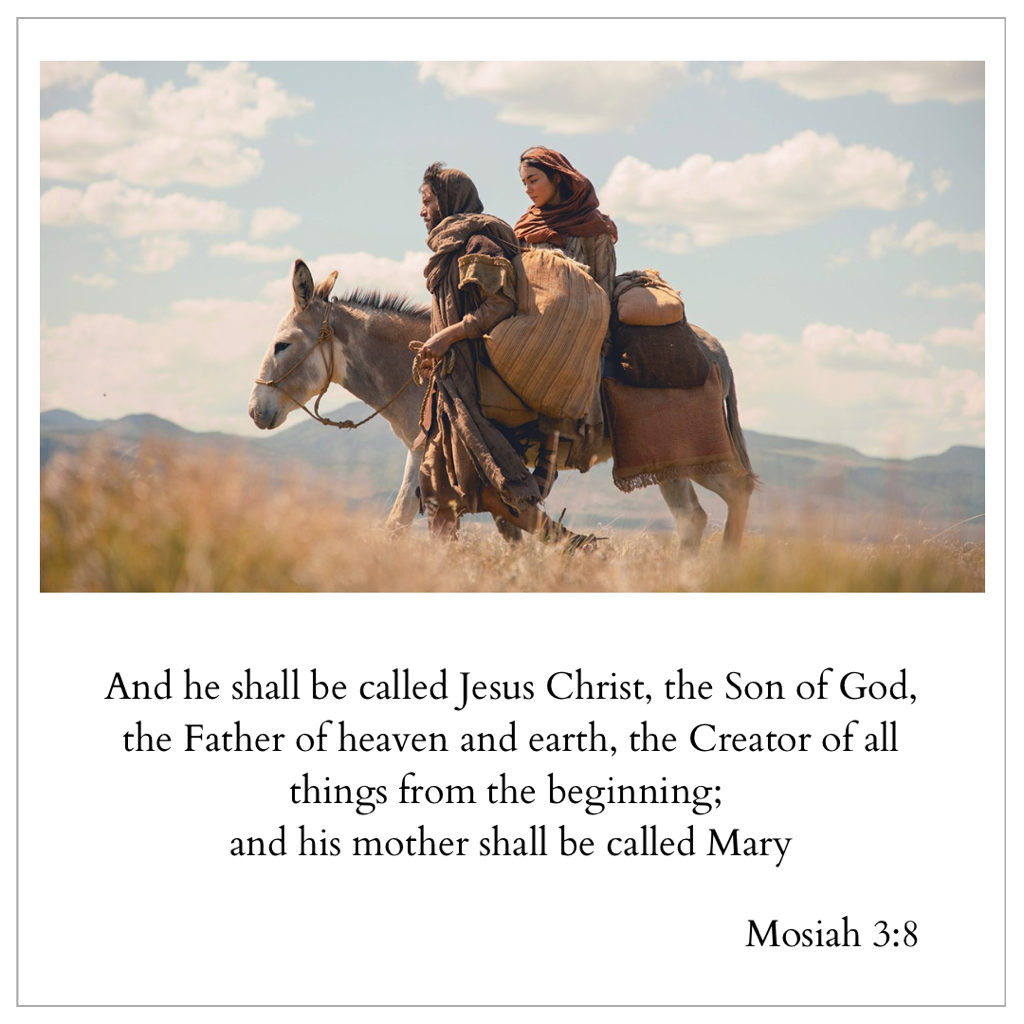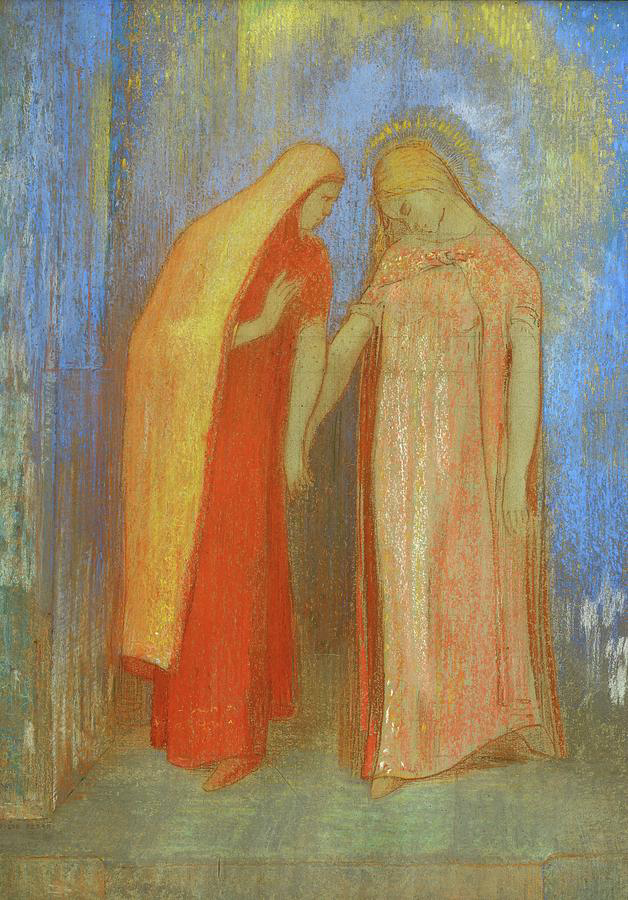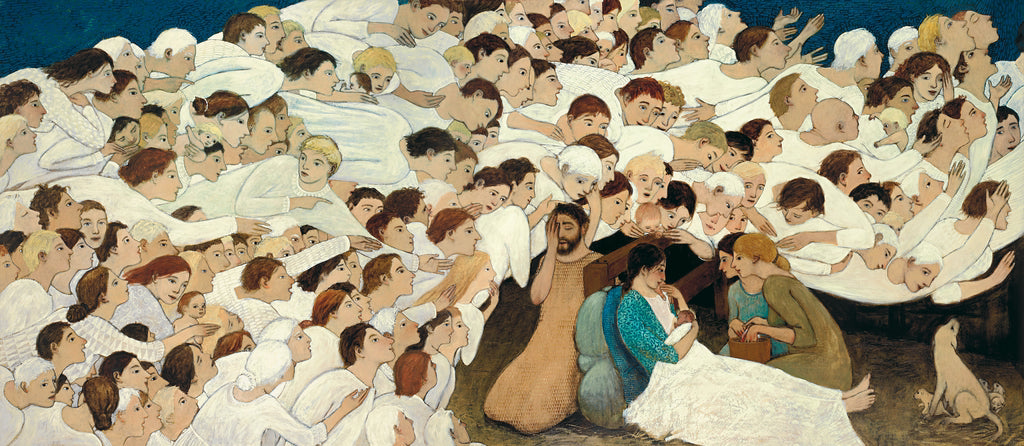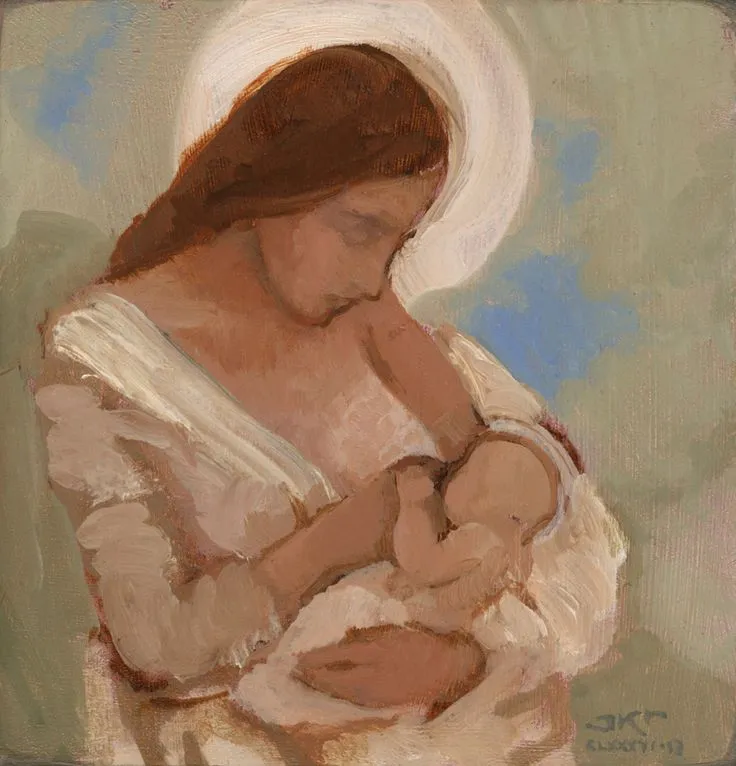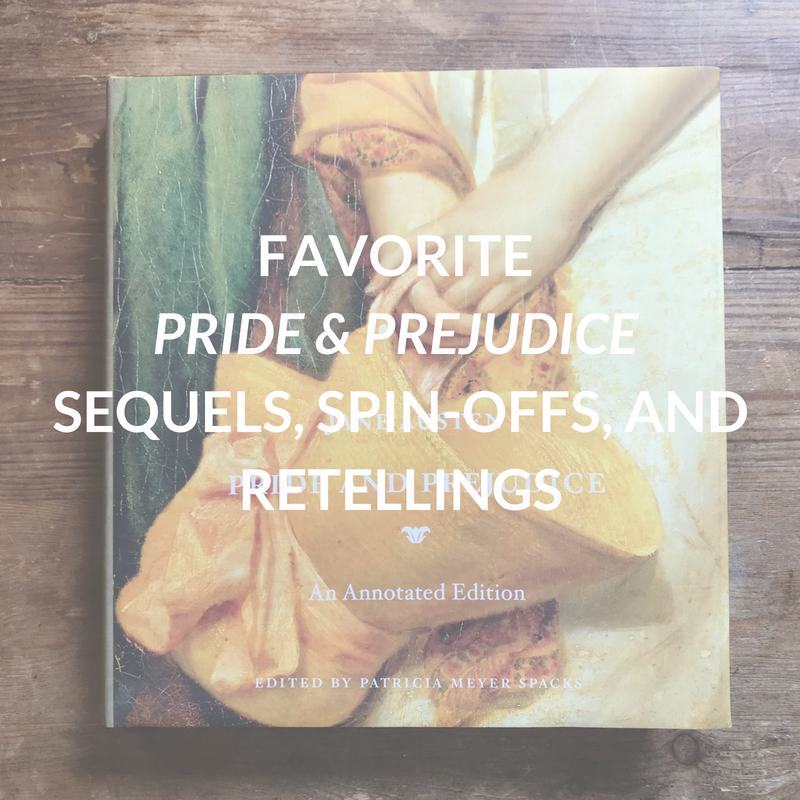|
For the last year or so, I have felt drawn to the women of the scriptures. Their stories are often brief but impactful, and as I have begun to see them for the real people they are, I have also begun to see myself reflected in their narratives. I feel a strong kinship and sisterhood with them, and I long to know more about them—their thoughts, their views, their stories. More than any other woman in scripture, Mary is revered and remembered. And yet we still know so little about her. Thousands of years later, we can only truly know so much about her and her experience, but I am finding beauty in learning more about the time in which she lived and the people she called her own. I am coming to know her as I take quiet moments to put myself in her place. It’s speculation, on one hand, but I still feel I am learning from her as I learn of her. And as I more fully see God’s hand in her life, I feel new eternal truths that now resonate in my own. 1. Mary and ElisabethHave you ever considered the significance of the Angel Gabriel telling her that Elisabeth too was experiencing a miraculous pregnancy? That our Heavenly Parents made sure this young woman was not alone in her experience, and provided a kindred sisterhood when she most needed it? With Elisabeth, Mary was not alone. She was understood. I love to think of the tenderness between these two women, and what their shared experience must have meant to them both. Heavenly Parents know the timeline. People are put into our lives and into our families. Our timelines, God’s timelines, linked timelines. I also love to think of her spending those first three months with Elisabeth, another woman of God so filled with the Spirit that she recognized Mary as “blessed among women” and the fruit or her womb as blessed as soon as Mary arrived (Luke 1:40-42). Elisabeth, wife of the priest Zachariah, both of whom were described as “righteous before God, walking in all the commandments and ordinances of the Lord blameless”— this is who welcomes Mary with open arms. What a safe haven for Mary during those tender months! I imagine it was a time of study, prayer, and learning as both women prepared to fulfill their ordained roles as mothers.
These verses also disclose much about Elisabeth. Because of the unimpeded flow of God’s spirit into her, it is evident that she has been laboring in spiritual preparation for mothering a child of promise. Moreover, we can safely presume that these intense efforts do not differ much from her past actions, but rather show her to be a person of long-standing spiritual character. Her efforts to set her life squarely onto God’s path also open her to the spirit of prophecy wherein she both learns what she cannot know about Mary and her special child, and predicts what is yet in store for her young cousin (see 1:42–45). In fact, in speaking about Mary, “the mother of my Lord,” Elisabeth acts as her own son will act—as the herald of the Messiah. Moreover, her unswerving worthiness, hinted at in these verses, will bring to her unborn son an unparalleled blessing—he will be “filled with the Holy Ghost, even from his mother’s womb” (1:15; also D&C 84:27).” -BYU New Testament commentary by S. Kent Brown “La Visitation: Mary Visits Saint Elisabeth” by Odilon Redon 2. Mary and the ScripturesAs I understand it, it is most likely that during this time period a woman like Mary would not have been literate. As a religious person, however, she would have been knowledgeable in the scriptures and very familiar with the Old Testament (1). Consider all she knew from her own words in the her Magnificat, The Song of Mary (Luke 1:46-55). Even before she ever held the Savior in her arms, she knew Him, as we can know Him, through the scriptures. And in those nine months leading up to the birth of her son, I wonder what scriptures brought her comfort or insight or new meaning. I think of the prophecies of Christ in the Old Testament, and wonder what parallels she now saw. ”Therefore the Lord himself shall give you a sign; Behold, a virgin shall conceive, and bear a son, and shall call his name Immanuel.” -Isaiah 7:14 ”For Unto us a child is born, unto us a son is given: and the government shall be upon his shoulder: and his name shall be called Wonderful, Counsellor, The mighty God, The everlasting Father, The Prince of Peace.” Isaiah 9:6 ”But thou, Bethlehem Ephratah, though though be little among the thousands of Judah, yet out of thee shall he come forth unto me that is to be ruler in Israel; whose goings forth have been from of old, from everlasting.” Micah 5:2
|
